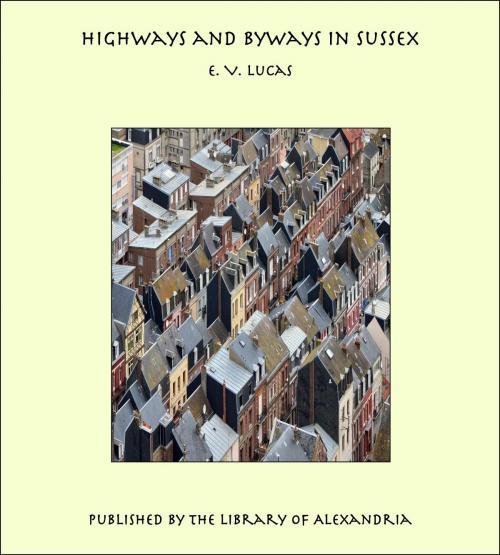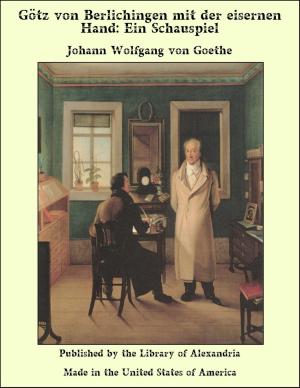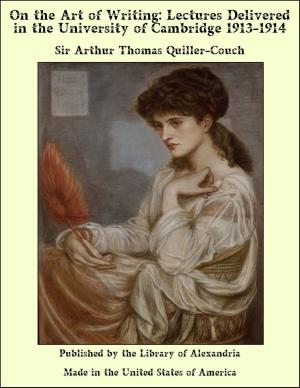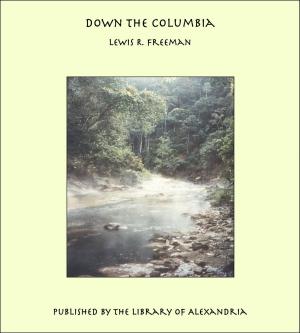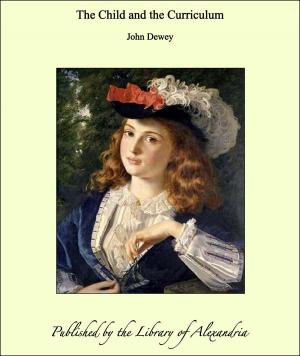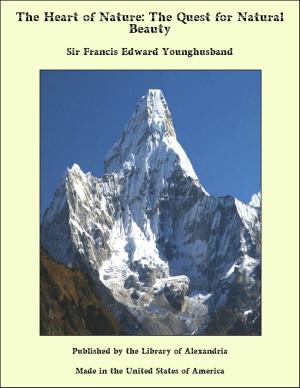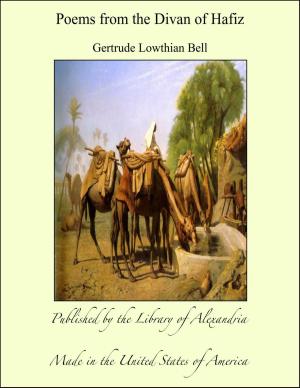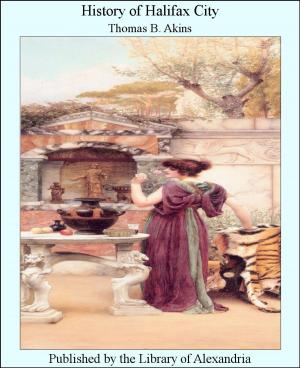Highways and Byways in Sussex
Nonfiction, Religion & Spirituality, New Age, History, Fiction & Literature| Author: | Edward Verrall Lucas | ISBN: | 9781465543172 |
| Publisher: | Library of Alexandria | Publication: | March 8, 2015 |
| Imprint: | Language: | English |
| Author: | Edward Verrall Lucas |
| ISBN: | 9781465543172 |
| Publisher: | Library of Alexandria |
| Publication: | March 8, 2015 |
| Imprint: | |
| Language: | English |
Readers who are acquainted with the earlier volumes of this series will not need to be told that they are less guide-books than appreciations of the districts with which they are concerned. In the pages that follow my aim has been to gather a Sussex bouquet rather than to present the facts which the more practical traveller requires. The order of progress through the country has been determined largely by the lines of railway. I have thought it best to enter Sussex in the west at Midhurst, making that the first centre, and to zig-zag thence across to the east by way of Chichester, Arundel, Petworth, Horsham, Brighton (I name only the chief centres), Cuckfield, East Grinstead, Lewes, Eastbourne, Hailsham, Hastings, Rye, and Tunbridge Wells; leaving the county finally at Withyham, on the borders of Ashdown Forest. For the traveller in a carriage or on a bicycle this route is not the best; but for those who would explore it slowly on foot (and much of the more characteristic scenery of Sussex can be studied only in this way), with occasional assistance from the train, it is, I think, as good a scheme as any. I do not suggest that it is necessary for the reader who travels through Sussex to take the same route: he would probably prefer to cover the county literally strip by strip—the Forest strip from Tunbridge Wells to Horsham, the Weald strip from Billingshurst to Burwash, the Downs strip from Racton to Beachy Head—rather than follow my course, north to south, and south to north, across the land. But the book is, I think, the gainer by these tangents, and certainly its author is happier, for they bring him again and again back to the Downs. It is impossible at this date to write about Sussex, in accordance with the plan of the present series, without saying a great many things that others have said before, and without making use of the historians of the county. To the collections of the Sussex Archæological Society I am greatly indebted; also to Mr. J. G. Bishop's Peep into the Past, and to Mr. W. D. Parish's Dictionary of the Sussex Dialect. Many other works are mentioned in the text
Readers who are acquainted with the earlier volumes of this series will not need to be told that they are less guide-books than appreciations of the districts with which they are concerned. In the pages that follow my aim has been to gather a Sussex bouquet rather than to present the facts which the more practical traveller requires. The order of progress through the country has been determined largely by the lines of railway. I have thought it best to enter Sussex in the west at Midhurst, making that the first centre, and to zig-zag thence across to the east by way of Chichester, Arundel, Petworth, Horsham, Brighton (I name only the chief centres), Cuckfield, East Grinstead, Lewes, Eastbourne, Hailsham, Hastings, Rye, and Tunbridge Wells; leaving the county finally at Withyham, on the borders of Ashdown Forest. For the traveller in a carriage or on a bicycle this route is not the best; but for those who would explore it slowly on foot (and much of the more characteristic scenery of Sussex can be studied only in this way), with occasional assistance from the train, it is, I think, as good a scheme as any. I do not suggest that it is necessary for the reader who travels through Sussex to take the same route: he would probably prefer to cover the county literally strip by strip—the Forest strip from Tunbridge Wells to Horsham, the Weald strip from Billingshurst to Burwash, the Downs strip from Racton to Beachy Head—rather than follow my course, north to south, and south to north, across the land. But the book is, I think, the gainer by these tangents, and certainly its author is happier, for they bring him again and again back to the Downs. It is impossible at this date to write about Sussex, in accordance with the plan of the present series, without saying a great many things that others have said before, and without making use of the historians of the county. To the collections of the Sussex Archæological Society I am greatly indebted; also to Mr. J. G. Bishop's Peep into the Past, and to Mr. W. D. Parish's Dictionary of the Sussex Dialect. Many other works are mentioned in the text
